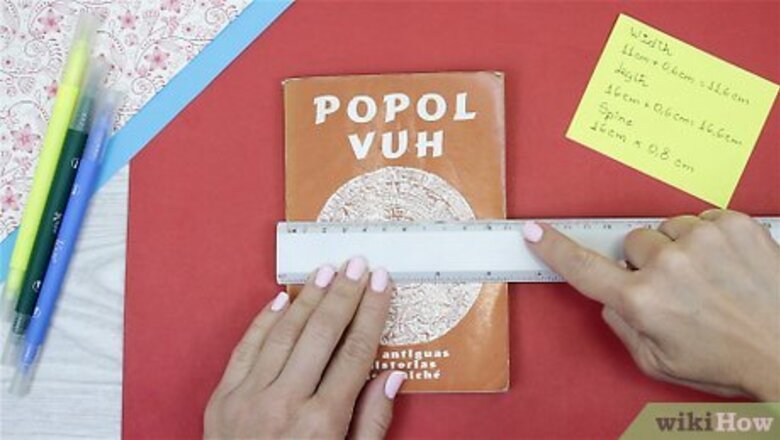
views
- You can make a hard cover for your paperback book using chipboard and heavy fabric.
- Measure and cut the chipboard to size and glue it to the fabric.
- Use PVA glue to bind the paperback inside its new hard cover.
Measuring & Cutting
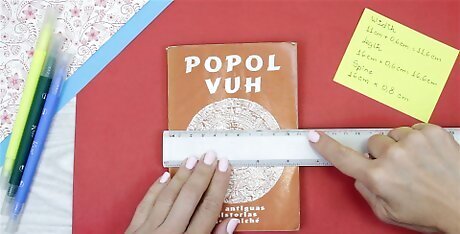
Measure the cover and spine of the paperback. Use a ruler to measure the front or back cover of the book to the nearest millimeter, finding both its length and width, then mark these down. Do the same for the length and width of the spine. Then, add about 6 millimetres (0.24 in) to the length and width values of the front cover’s measurement. This new value will be the length and width of the hard cover’s faces. You don’t need to add to the spine’s measurement; this will stay the same.
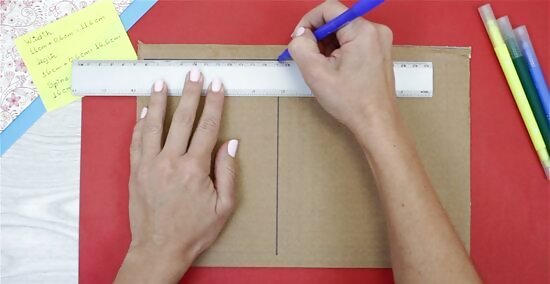
Trace the new measurements onto some chipboard. Use a ruler to trace the new length and width of the book onto a piece of chipboard (which is the sturdy material often used as back covers for things like sketchbooks—you can also recycle the back of an old sketchbook for this, or buy new chipboard from a craft store). Do this twice: once for the new front cover of your book, and once for the back. Then, trace the spine onto the chipboard. You should now have three rectangles traced onto your chipboard: two large rectangles for the front and back, and one skinnier rectangle for the spine.
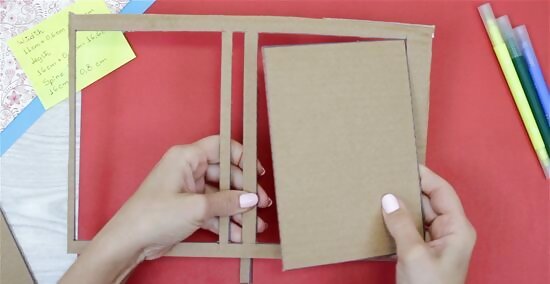
Cut the chipboard to size. Place the chipboard onto a cutting mat, then position a ruler along one traced edge. Use an X-Acto knife or a box cutter to cut along the line, using the ruler as a guide. Repeat this along each line until all three shapes are cut out of the chipboard.
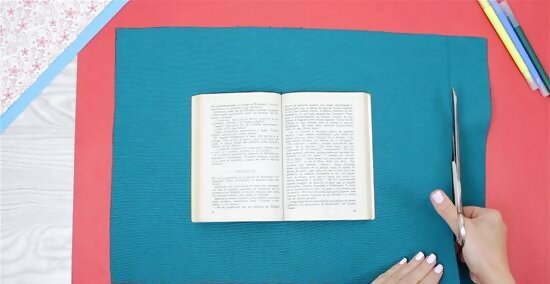
Cut the cover fabric to size. Lay your heavy fabric (use some faux-leather upholstery fabric for that old-book look) flat onto your cutting mat face-down, then lay your open paperback book onto the fabric. Use a pair of scissors to cut the fabric around the shape of the book, leaving about 4 inches (10 cm) of fabric on each side. This step doesn’t require exact measurements—we’ll cut the cover fabric down to size a bit later.
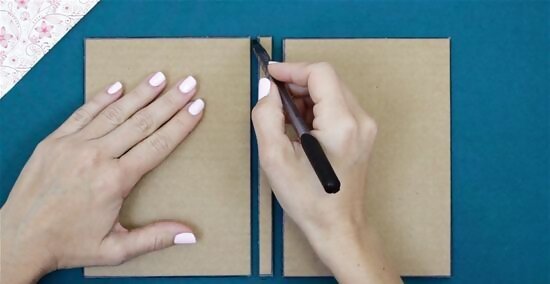
Lay the chipboard pieces onto the fabric. Position the three chipboard pieces at the center of your length of fabric, with the spine piece in the center. Leave about 0.25 inches (6.4 mm) of space between each piece, so that the spine will have some room to flex. Then, use a pencil to mark the position of each shape on the fabric. The raw or unpatterned side of your fabric should be facing up.
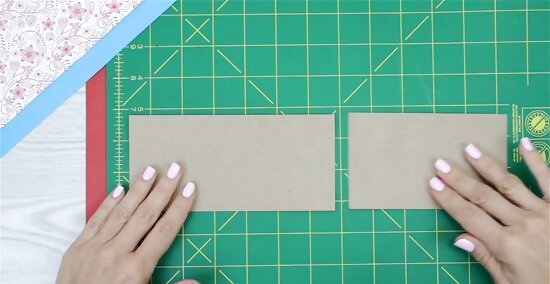
Cut a length of craft paper to span the spine. With a pair of scissors or a box cutter, cut a length of heavy craft paper so that it has the same height as the three pieces of chipboard. Then cut the craft paper so that the width of it spans the spine and overlaps each of the chipboard face pieces by about 1 inch (2.5 cm).
Attaching the Cover
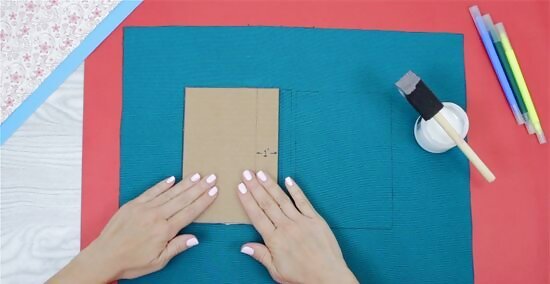
Glue the chipboard to the cover fabric. Apply a generous amount of fabric glue to one side of the first chipboard shape, then press the shape glue-side down onto the fabric in the position you previously marked. Repeat for each shape, until all three lengths of chipboard are adhered to the fabric.
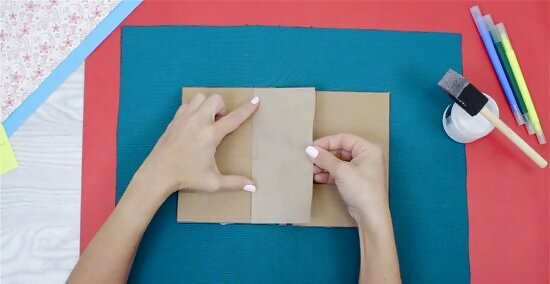
Glue craft paper to the inside cover. Apply a generous amount of PVA glue to the piece of heavy craft paper, the press the craft paper glue-side down into the center of the chipboard pieces, so that the craft paper completely covers the spine, and overlaps each face piece by about 1 inch (2.5 cm).
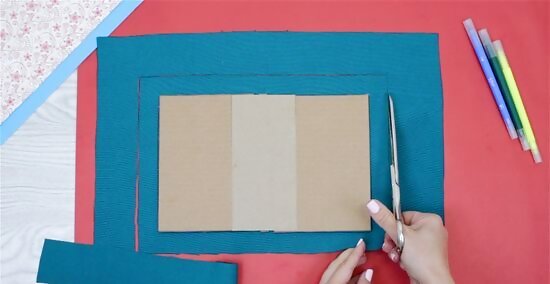
Trim the cover fabric to size. With a pair of scissors, trim the fabric down so that there’s about 1 inch (2.5 cm) of excess surrounding the outer edges of the chipboard. Then, trim off the four corners.
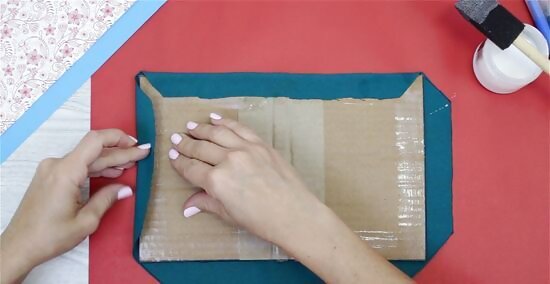
Fold and glue the edges of the fabric over the chipboard. Apply a generous amount of fabric glue to the raw edges of the fabric. Then, fold each glued edge over onto the chipboard so that the fabric wraps around the chipboard’s edges.
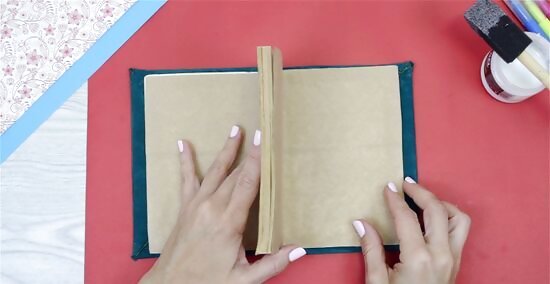
Position the paperback into the new hard cover. Place the spine of the paperback down so that it aligns with the spine of the new cover. Then, fold the new cover flaps so that they close around the book. Check to make sure the new cover fits the paperback: the new cover should be a little larger (about 6 millimetres (0.24 in)) than the book itself. Compare it to an existing hardcover book to get a rough idea of how it should look. If your new cover is too small or doesn’t close around the paperback, you may have to restart, this time leaving more room between the chipboard pieces for the spine to flex.
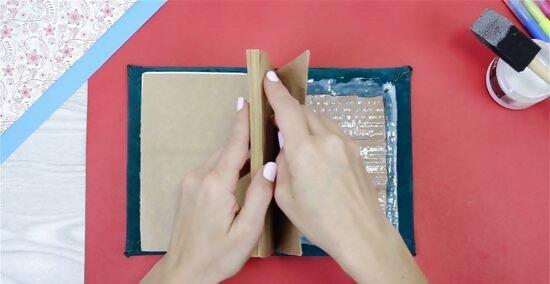
Glue the paperback into its new binding. Generously coat the back cover of the paperback with PVA glue, then press it down onto the back cover of the new binding, positioning it so that its inner, spine-side edge aligns with the inner edge of the back piece of chipboard. Then, apply PVA glue to the front cover, and press the new cover down onto the paperback. Don’t glue the spine into the new cover. You’ll want to leave this free and unglued so that it can bend and flex as you open and close the book. If your paperback is missing a cover, you can also glue the first exposed pages into the new binding.
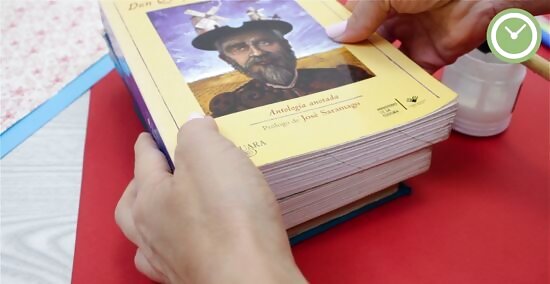
Let your new hardcover book dry overnight. Place the book on a flat surface, and cover it with a clean rag or a paper towel. Then, place a heavy object, like a paperweight or a heavy book, on top of it. Leave it to rest overnight so that the glue dries completely.
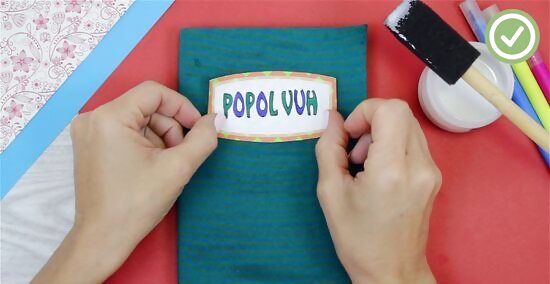
Decorate your new hardcover book. If you like, you can use PVA glue or fabric paints to fasten decorative pieces to the new hard cover, or write the name of the book on the front face and along the spine.












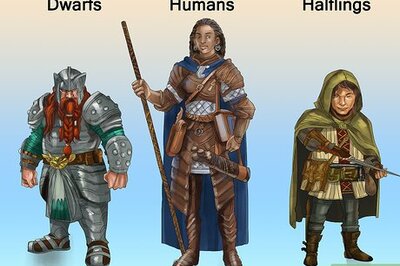
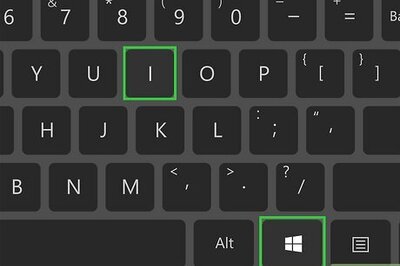





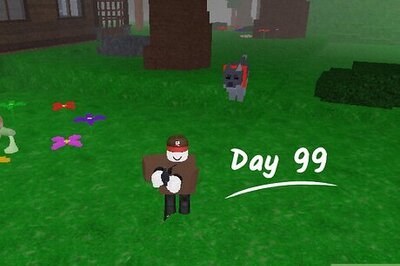
Comments
0 comment